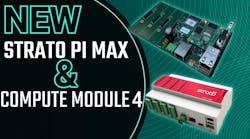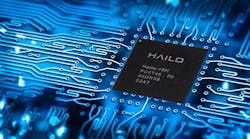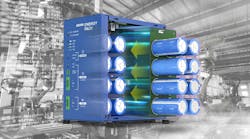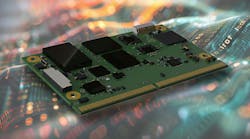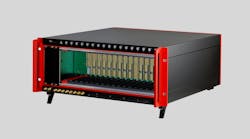The general function of the Internet of Things (IoT) is to monitor and control “things” via the internet or some private wireless network. The monitor function clearly dominates, with sensors generating most of the data traffic.
Without good sensors, most IoT applications would not exist. That fact alone makes sensors the critical design component when developing most new IoT applications. Attention to sensor qualities and specifications should be a first consideration when designing nodes for data collection.
Types of Sensors
Literally dozens, if not hundreds, of different sensors exist, and you probably know most of them. Temperature is the most often sensed characteristic, and not surprisingly, multiple sensor types are available, such a RTD, thermistor, thermocouple, solid state, and others.
Other measurable physical characteristics include pressure, humidity, moisture, flow, and wind speed. There are proximity sensors, rotary position sensors, and limit switches. Microphone sound sensors are common. And then there are sensors for ultrasonics, liquid level, rotary speed (rpm), torque, and vibration.
One special category is light sensors. Visible light and infrared (IR) light sensors are most often employed. Video camera sensors represent more complex sensor types but widely used. LiDAR sensors developed for self-driving cars are also sophisticated types.
Other special sensors include accelerometers, gyroscopes, and magnetometers. Gas and smoke detectors are also in the mix. Whatever physical characteristic you need to measure, you will find an appropriate sensor.
Sensor Interfacing
Many sensors, if not nearly all, are analog types that produce a continuously variable output in proportion to the physical characteristic being sensed. Furthermore, that output is often very small and subject to noise. Since most IoT nodes transmit digital data only, these analog sensor outputs must be digitized. As a result, some signal conditioning is needed to make the outputs suitable for use.



